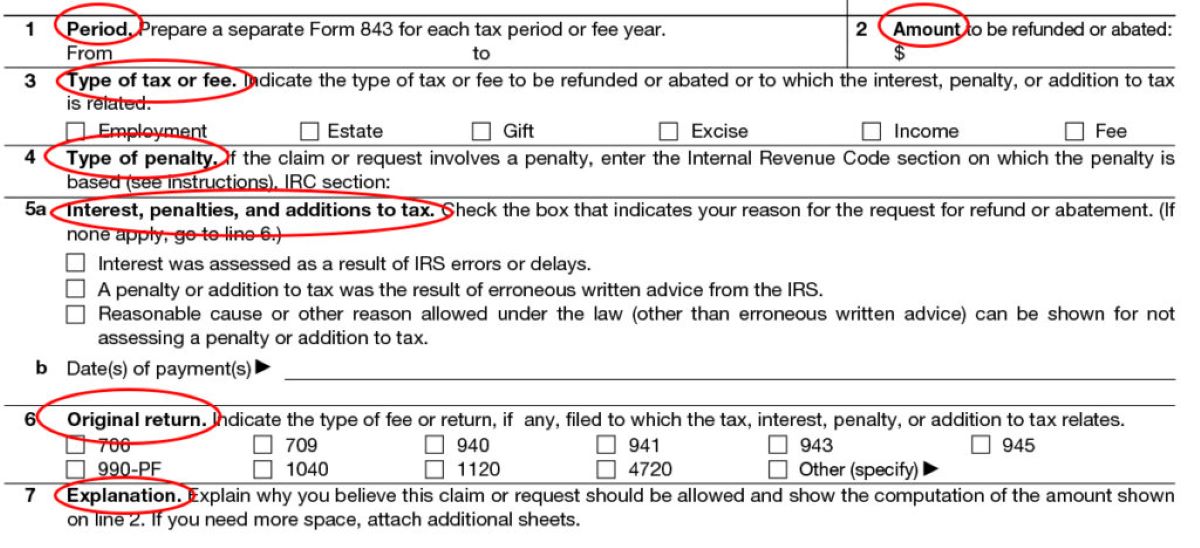

Finance
What Is NRV In Accounting
Published: October 9, 2023
Discover what NRV (Net Realizable Value) means in accounting and how it relates to finance. Expand your knowledge on this essential financial concept.
(Many of the links in this article redirect to a specific reviewed product. Your purchase of these products through affiliate links helps to generate commission for LiveWell, at no extra cost. Learn more)
Table of Contents
Introduction
When it comes to accounting, understanding various concepts is crucial for accurate financial reporting. One such concept is Net Realizable Value (NRV), which plays a significant role in determining the value of assets or liabilities. NRV is a commonly used term in finance that provides insights into the estimated selling price of an asset or the amount expected to be recovered from a liability.
NRV serves as a valuable indicator of an entity’s financial health, allowing businesses to make informed decisions regarding inventory management, asset valuation, and overall profitability. By assessing the potential value of assets and liabilities, companies can better evaluate their financial position and make strategic choices that align with their growth objectives.
In this article, we will delve into the definition, calculation, importance, and limitations of NRV in accounting. Understanding the concept of NRV is essential for professionals and businesses alike, as it provides valuable insights into the financial performance and value of their assets and liabilities.
Definition of NRV
Net Realizable Value (NRV) is an accounting term that refers to the estimated selling price of an asset, less the estimated costs of completion, disposal, and any other costs that may be incurred to bring the asset to its final state. In simple terms, it represents the net amount a company expects to receive from the sale of an asset or the amount expected to be recovered from a liability after taking into consideration any associated costs.
NRV is an essential concept in accounting as it helps businesses determine the true value of their assets and liabilities. It allows companies to assess the potential economic benefits or losses that may arise from the sale or settlement of these items.
The calculation of NRV involves estimating the fair market value of an asset or the amount that can be realized from a liability, and then deducting any costs that may be incurred to sell the asset or settle the liability. These costs may include direct selling expenses, transportation costs, legal fees, or any other expenses incurred in the process.
It’s important to note that NRV can vary over time, especially in industries with volatile markets or when economic conditions change. Therefore, companies need to regularly reassess the NRV of their assets and liabilities to ensure accurate financial reporting.
The concept of NRV is widely used in accounting standards such as International Financial Reporting Standards (IFRS) and Generally Accepted Accounting Principles (GAAP) to determine the value of inventory, accounts receivable, investments, and other assets. It provides a realistic and practical approach to valuing assets and liabilities, reflecting their true economic worth based on current market conditions.
Calculation of NRV
The calculation of Net Realizable Value (NRV) involves a straightforward formula that takes into account the estimated selling price and any associated costs. The formula for calculating NRV is as follows:
NRV = Estimated Selling Price – Estimated Costs of Completion, Disposal, and Other Costs
The estimated selling price refers to the expected revenue that a company anticipates from the sale of an asset or the amount recoverable from a liability. This value is usually based on market research, historical data, or professional judgment.
The costs of completion, disposal, and other costs represent any expenses that a company expects to incur to bring the asset to its final state or to settle a liability. These costs can include direct selling expenses, transportation costs, legal fees, refurbishment expenses, or any other costs associated with preparing the asset for sale or settling the liability.
It is important for companies to accurately estimate the NRV of their assets and liabilities to ensure that they reflect the true economic value. This involves a thorough analysis of market conditions, potential buyers or counterparties, and any relevant costs that may impact the final value.
Regular reassessment of NRV is essential to account for changes in market dynamics or economic conditions. By constantly evaluating and adjusting the estimated selling price and associated costs, companies can ensure that their financial statements provide an accurate representation of their asset values and potential liabilities.
It is worth noting that the NRV calculation may vary depending on the specific industry or asset being evaluated. Different factors and costs may need to be taken into consideration. Therefore, it is crucial for companies to understand the unique characteristics and circumstances of their assets or liabilities to accurately calculate NRV.
Importance of NRV in Accounting
Net Realizable Value (NRV) is a crucial concept in accounting as it provides valuable information about the financial health and value of assets and liabilities. The importance of NRV in accounting can be seen in the following ways:
- Accurate asset valuation: NRV allows businesses to determine the true value of their assets. By taking into account the estimated selling price and associated costs, companies can assess the economic benefits or losses that may arise from the sale of these assets. This information is vital for financial reporting purposes and helps stakeholders make informed decisions regarding asset management, investments, and overall profitability.
- Inventory management: NRV plays a significant role in determining the value of inventory. By accurately estimating the NRV, businesses can identify obsolete or slow-moving inventory and make informed decisions regarding its disposal or write-down. This helps prevent overstocking, reduces carrying costs, and improves cash flow.
- Credible financial reporting: NRV ensures that financial statements provide a realistic and transparent assessment of a company’s assets and liabilities. By reflecting the estimated selling price and associated costs, NRV allows stakeholders to understand the potential value or loss associated with these items. This enhances the credibility of financial reporting and helps investors, creditors, and other users of financial statements make informed decisions.
- Liability assessment: NRV is not only applicable to assets but also to liabilities. It helps businesses estimate the amount expected to be recovered from a liability after taking into consideration any associated costs. This allows companies to make accurate provisions for potential losses and ensures that liabilities are appropriately valued in the financial statements.
- Strategic decision-making: NRV provides valuable insights for strategic decision-making. By understanding the potential value or loss associated with assets and liabilities, companies can make informed choices regarding investments, divestments, pricing strategies, and risk management. NRV helps align financial decisions with the overall growth objectives and profitability of the business.
In summary, NRV is of utmost importance in accounting as it contributes to accurate asset valuation, efficient inventory management, credible financial reporting, liability assessment, and strategic decision-making. By considering the estimated selling price and associated costs, businesses can effectively evaluate their financial position and make informed choices that support their long-term success.
Example of NRV Calculation
To illustrate the concept of Net Realizable Value (NRV) in practice, let’s consider an example of a company that manufactures and sells electronic gadgets. The company has a stock of smartphones that it plans to sell in the upcoming quarter.
The estimated selling price of each smartphone is $500. However, the company anticipates incurring certain costs associated with selling the smartphones, including packaging and shipping expenses, advertising costs, and customer support costs. These estimated costs amount to $50 per smartphone.
Using the NRV formula, we can calculate the NRV for the inventory of smartphones as follows:
NRV = Estimated Selling Price – Estimated Costs
NRV = $500 – $50
NRV = $450
Based on the calculations, the NRV of each smartphone is $450. This means that the company expects to realize $450 per smartphone after deducting the estimated costs of completing the sale.
Now, let’s assume that the company has 1,000 smartphones in its inventory. To find the total NRV, we can multiply the NRV per smartphone by the quantity of smartphones:
Total NRV = NRV per smartphone * Quantity of smartphones
Total NRV = $450 * 1,000
Total NRV = $450,000
The total NRV of the company’s inventory of smartphones is $450,000. This represents the net amount the company expects to receive after accounting for the estimated costs of selling the smartphones.
By calculating the NRV, the company can accurately assess the value of its inventory and make informed decisions regarding pricing, production, and inventory management. It provides a realistic estimate of the potential revenue and profitability associated with the sale of these smartphones, aiding in financial planning and decision-making.
This example demonstrates how NRV plays a vital role in determining the financial value of assets and provides valuable insights into the potential economic benefits or losses for businesses.
Limitations of NRV
While Net Realizable Value (NRV) is a valuable tool in accounting, it is important to be aware of its limitations. These limitations include:
- Subjectivity and estimation: The calculation of NRV involves making estimates of the selling price and associated costs. These estimates are based on market conditions, historical data, and professional judgment. However, due to the subjective nature of these estimates, there is a risk of bias or inaccuracy in the resulting NRV calculations.
- Volatility of market conditions: NRV is highly influenced by market conditions, which can be volatile and unpredictable. Changes in demand, competition, or economic factors can significantly impact the estimated selling price and costs, leading to fluctuations in the NRV value. Companies need to regularly reassess and update their NRV calculations to reflect changing market dynamics.
- Specific to a point in time: NRV is a snapshot of the estimated value of an asset or liability at a specific point in time. It may not capture long-term trends or future changes in market conditions. Companies need to consider the time sensitivity of NRV and make adjustments as circumstances evolve.
- Cost variability: The estimation of costs associated with an asset or liability can vary depending on various factors such as production methods, sourcing, and market conditions. Companies need to carefully assess and monitor these cost variables to ensure accurate NRV calculations.
- Non-financial factors: NRV focuses on the monetary value of assets or liabilities, often overlooking non-financial factors that may impact their true value. For example, environmental or social factors may affect the marketability or desirability of certain assets, impacting their NRV. Companies need to consider these non-financial factors alongside NRV calculations for a comprehensive assessment of value.
It’s important for companies to be mindful of these limitations and exercise prudence when using NRV for decision-making and financial reporting purposes. Regular monitoring, reassessment, and sensitivity analysis can help mitigate these limitations and provide a more accurate understanding of the financial value of assets and liabilities.
Conclusion
Net Realizable Value (NRV) is a vital concept in accounting that provides valuable insights into the value of assets and liabilities. By considering the estimated selling price and associated costs, NRV helps businesses accurately assess the potential economic benefits or losses that may arise from the sale or settlement of these items.
NRV plays a crucial role in financial reporting, inventory management, and strategic decision-making. It allows businesses to make informed choices regarding asset valuation, inventory optimization, and risk management. By reflecting the true economic value of assets and liabilities, NRV enhances the credibility of financial statements and supports transparent reporting for stakeholders.
However, it is important to acknowledge the limitations of NRV, including subjectivity in estimating values, volatility of market conditions, and the need to consider non-financial factors. Companies must regularly reassess and monitor NRV calculations to ensure accuracy and relevance over time.
In conclusion, understanding and applying NRV in accounting is essential for businesses to gain a comprehensive understanding of the true value of their assets and liabilities. By utilizing NRV effectively, organizations can make informed decisions that align with their financial goals and overall growth objectives.














